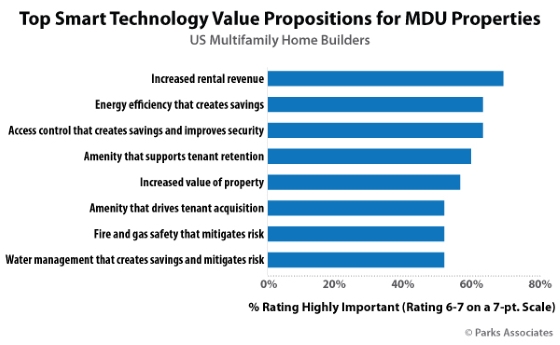Within the current world, having a strong and reliable Wireless connection is essential, especially in multi-unit settings like flats or condominiums. Many people rely on the network for employment, education, and leisure activities. However, Wi-Fi transmissions can have difficulty to extend to every corner of these buildings due to various obstacles. These obstacles can include walls, floors, and other digital equipment that disrupt the connection. To enhance Wireless signal strength and performance in these settings, it is important to understand some foundational concepts of Wi-Fi communication.
One efficient way to enhance Wireless performance is by strategically positioning routers and access points throughout the building. A middle placement is usually best, as it allows the signal to travel evenly in all directions. In larger multi-dwelling units, multiple repeaters may be required. These units assist increase the reach of the wireless infrastructure and deliver stronger service to occupants in different sections of the structure. Additionally, using equipment that support the current Wi-Fi protocols can result in higher bandwidth and enhanced total efficiency.

Another important aspect in optimizing Wi-Fi connectivity is reducing disruption from other devices. Many domestic items, such as microwaves and cordless phones, can interfere with wireless signals. It is recommended to position routers away from these devices to maintain a clearer signal. Additionally, modifying the channel settings on a device can assist in reduce interference from adjacent networks. The majority of devices automatically choose the most suitable channel, but individually choosing a less crowded one can improve efficiency.
Regularly updating device firmware is also necessary for ensuring optimal wireless stability. Manufacturers frequently release updates that resolve bugs and enhance protection features. Maintaining the firmware up-to-date guarantees that users take advantage of the most recent enhancements and protections against possible threats. Furthermore, tracking bandwidth usage assists in identify which endpoints utilize more bandwidth, enabling better management of existing capacity.
Finally, informing residents about best practices for utilizing Wi-Fi can greatly enhance their experience. Basic steps such read the article as pairing only necessary units, using Ethernet connections when feasible, and regularly restarting the router can make a difference. By fostering a community that comprehends how to optimize their network usage, multi-unit environments can elevate user experience and ensure that all users enjoys a consistent internet service. This combined method of planned deployment, minimizing conflict, maintaining hardware, and educating residents will view it now lead to a more reliable and enjoyable wireless experience for all occupants.